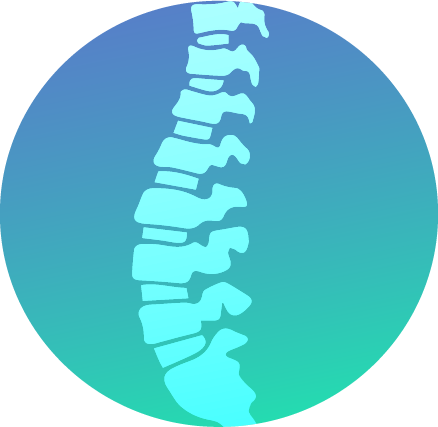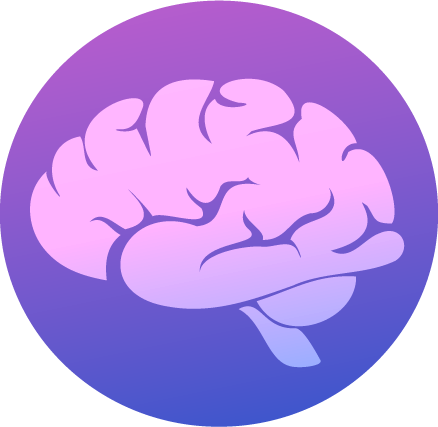What is NMOSD?
Neuromyelitis Optica Spectrum Disorder (NMOSD) is a disease closely related to Multiple Sclerosis (MS). They both affect the central nervous system. In the past, NMOSD was thought to affect the spinal cord and eyes only. However, it has become clear over the past decade that brain involvement was much more common than previously believed. It receives the name ‘spectrum disorder’ because the clinical features it encompasses can be highly variable.



What causes NMOSD?
NMOSD is a kind of astrocytopathy, which leads to inflammation and nerve demyelination. The anti-aquaporin-4 (AQP4) antibody has been identified as the autoantibody responsible for the pathogenesis. However, some NMOSD patients may be seronegative for the anti-AQP4 antibody.
How common is NMOSD and who gets affected?
NMOSD is more common in the east Asian countries. The NMOSD Registry established by the HKMSS in 2019 estimated the prevalence of NMOSD to be 3.3 per 100,000 population in Hong Kong, which suggests a local NMOSD to MS ratio of 1:2. This is comparable with other Asian countries but significantly higher than that in Caucasian populations.
Like MS, females are more commonly affected by NMOSD. However, compared with MS, NMOSD affects a wider age group, with the mean disease onset age ranging from 35 to 45 years old, and clinical relapses occurring even beyond the age of 60, which is relatively rare for MS.
How is NMOSD diagnosed?
Similar to MS, a detailed clinical assessment combined with radiological and biochemical results are important for making the diagnosis of NMOSD. The anti-aquaporin-4 (AQP4) antibody, or sometimes called anti-NMO antibody, is one of the most useful assessment tool. Certain MRI features will also help doctors differentiate NMOSD from MS.



How is NMOSD different from MS and why is it important to differentiate them?
Although NMOSD and MS are both demyelinating diseases with similar clinical presentations, their pathophysiology and epidemiology are quite different as mentioned above. Clinical attacks and relapses in NMOSD also tend to be more severe than in MS, and recovery from relapses are less satisfactory, especially for patients with advanced age.
More importantly, treatment for NMOSD and MS are vastly different. The majority of disease modifying drugs for MS are known to worsen NMOSD. It is therefore crucial not to misdiagnose NMOSD as MS.
What is MOGAD?
Myelin oligodendrocyte glycoprotein antibody-associated disease (MOGAD) is a recurrent CNS inflammatory disease caused by the anti-MOG antibody. With similar clinical features to MS and NMOSD, it is uncertain if it is a distinct entity or a subtype of the two. Compared with seropositive NMOSD, MOGAD has fewer relapses, better outcome and may have higher prevalence in the pediatric population.
